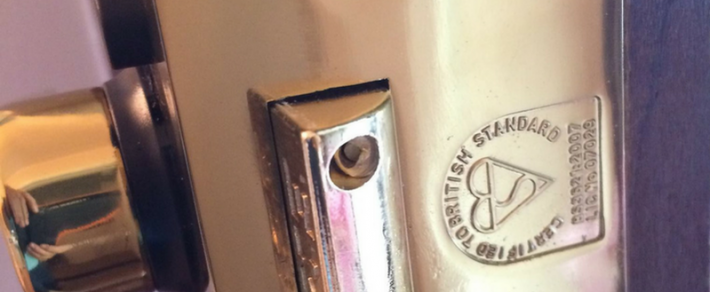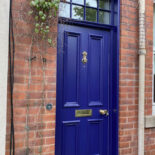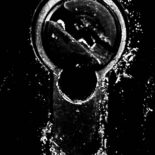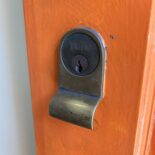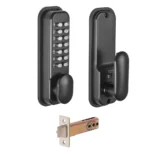British Standard Locks
What Are British Standard Locks? If a lock shows the British Standard Kite Mark, it means that it's been certified by the British Standard Institute for meeting the required security standards.
Lock security is very difficult to determine visually, so, In the development stage physical assessments are carried out to evaluate the lock's security and resilience to attack by rigorously testing wear and tear over time and replicating the most commonplace methods of compromising the lock. The standards for locks are produced by the British Standards Institution (BSI). If a product has been certified by the British Standard Institute for meeting the required security standards, they will display the British Standard Kite Mark on the packaging and the product (as shown in the image to the right). Most, if not all insurance providers insist that British Standard locks are installed, as a minimum, to be eligible for cover.
BS3621 ⁄ BS8621 ⁄ BS10621 - What Does It Mean?
Along with the British Standard kite mark, a lock that conforms to the required British Standards will display the numbers of the standards it has passed. The numbers above are the most common, domestic locks will usually show BS3621.
- BS3621 - The BS3621 standard is relevant to mortice and cylinder rim locks where a key is used on both sides of the lock. As long as the key is removed from the lock, this lock is secure against intruders that try to operate the lock by reaching through a letterbox or breaking glass nearby.
- BS8621 - The BS8621 standard is relevant to locks that need a key for entry but not for exit. These locks are often seen in blocks of flats or apartments that use a key on the outside of the door and a thumb turn on the inside. This lock allows emergency escape without the use of a key at all times.
- BS10621 - The BS10621 standard is relevant to locks that can only be locked by a key from the outside. The locks can be opened from inside without the use of a key unless the function has been disabled by the positive use of a key from outside. These locks are best used on properties with another route of escape.
Checking If Your Locks are British Standard
To check if your locks conform with British Standards, look out for the Kite Mark, along with the British Standard number such as BS3621. We've included photos of three common domestic locks (Euro cylinders, Mortise Locks and Night Latches) to help you identify which locks you have and where the kite mark can be found. If you live in an older property, your locks may be British Standard but the kite mark might not be visible at first glance. Some locks will require removal from the door to check if they are British Standard. It's best to leave removal of a lock to a locksmith as you could risk damaging your door or locks.

